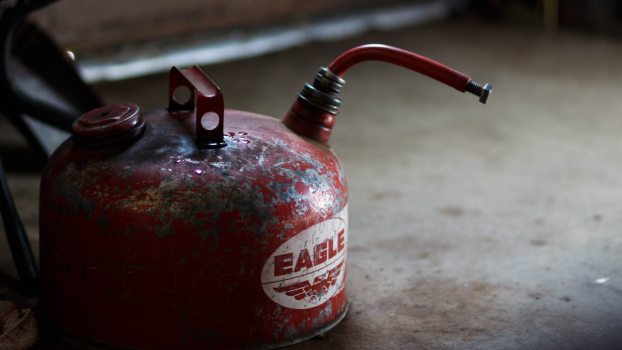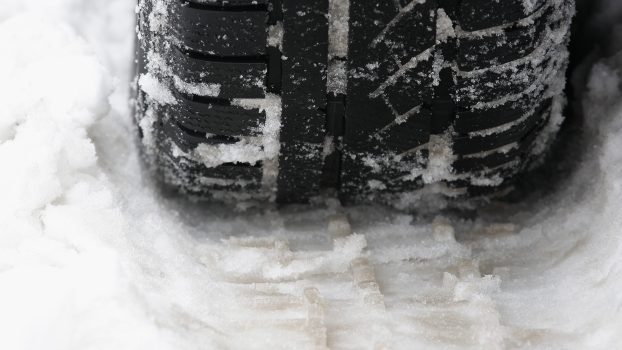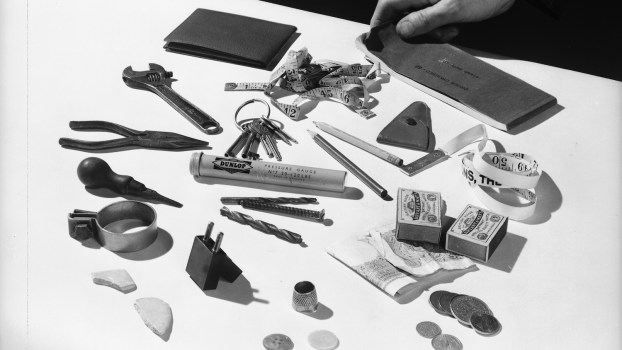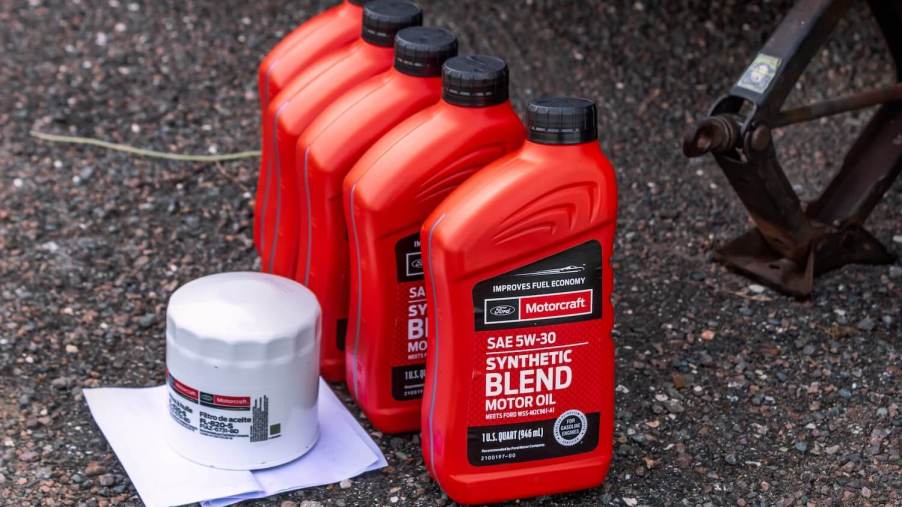
You’re Probably Pouring Motor Oil the Wrong Way
Changing my motor oil is an aspect of car maintenance that I enjoy, and is somewhat of a ritual for me. But I was today years old when I learned I’ve spent my life pouring motor oil the wrong way. It was actually the Car DIY Youtube channel that enlightened me: when you flip the oil jug so the spout is further from the engine it doesn’t “glug” while it sucks air.
You’re probably pouring motor oil the wrong way
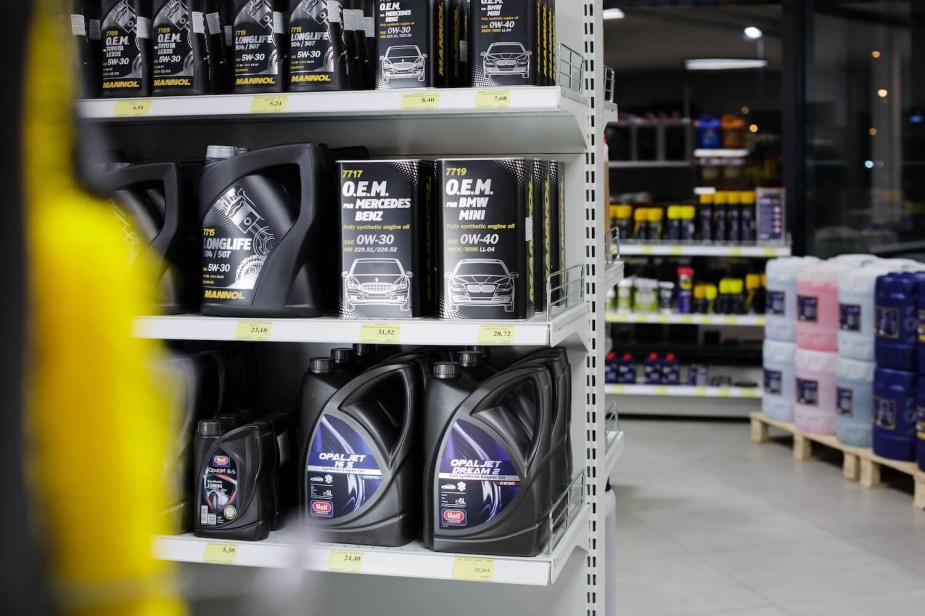
I like doing my motor oil changes myself. For years I assumed that the stream of oil “glugging”—my highly technical term for the stream oscillating as it exits the jug—was just the cost of doing business. But for years I was wrong.
First, some science: When gravity pulls motor oil out of an overturned jug, the liquid vacates space in the container and air rushes in to fill this space. When the jug’s spout is close to the engine, the oil and air must take turns exiting/entering the jug. This creates the obnoxious “glugging” phenomenon that threatens to coat the outside of your engine in oil, if you’re not careful.
Jugs of oil are engineered not to ‘glug’
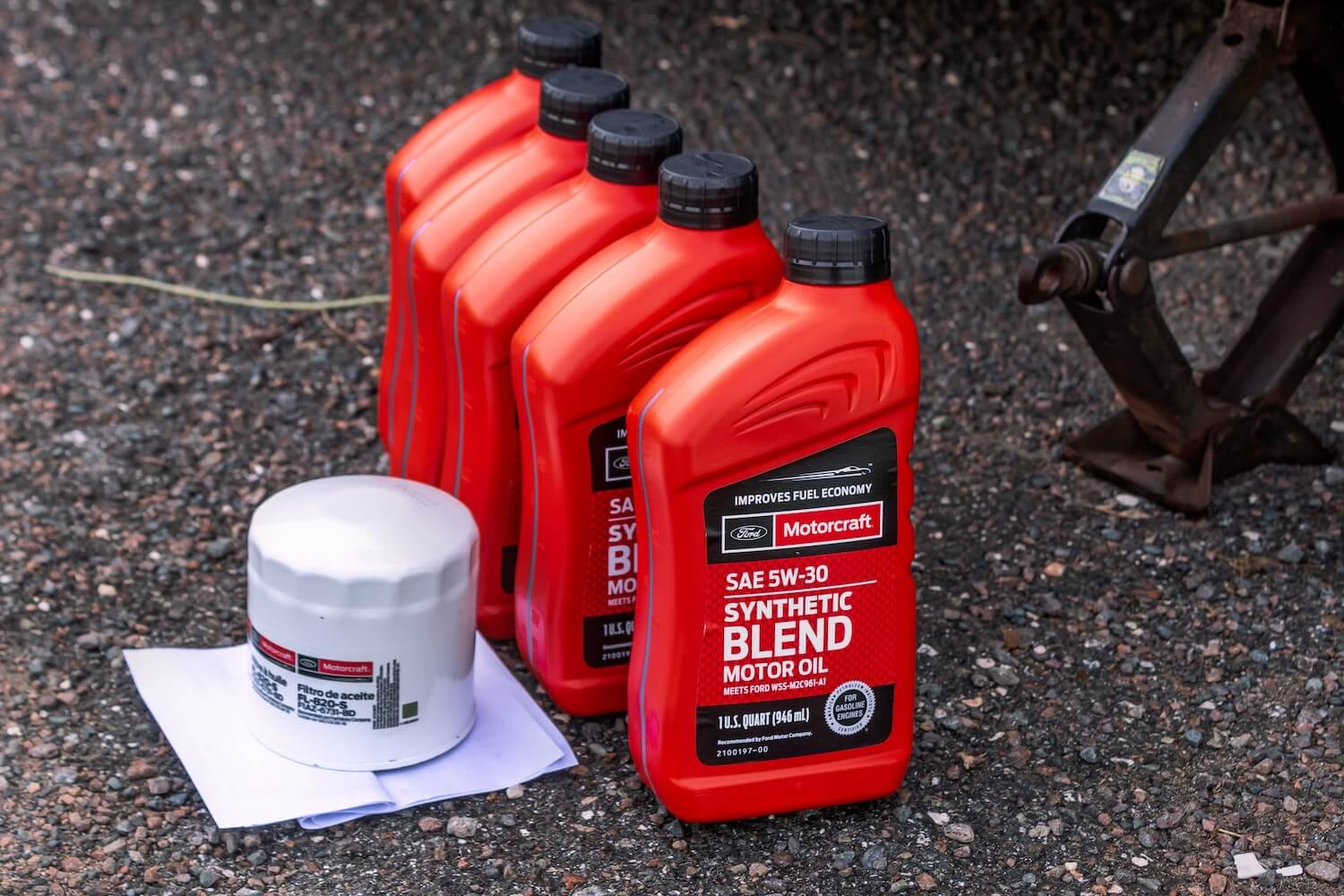
Some clever engineer placed the spout of both quart and gallon oil jugs on one end of the container. (Don’t believe me? Picture a gallon of a thinner liquid such as milk or water—totally different spout placement).
Because of this improved spout placement, we can pour the liquid from the top of the container and the stream only occupies half the spout. Air can flow in to fill the space at the same time and thus, no “glugging”–according to Road and Track.
Unfortunately, no amount of brilliant engineering can pour some of us thick-skulled home mechanics from ourselves, and I for one have been pouring oil the wrong way for years. But luckily the Car DIY Youtube channel came to the rescue with the illustration below:
You should be changing your own motor oil
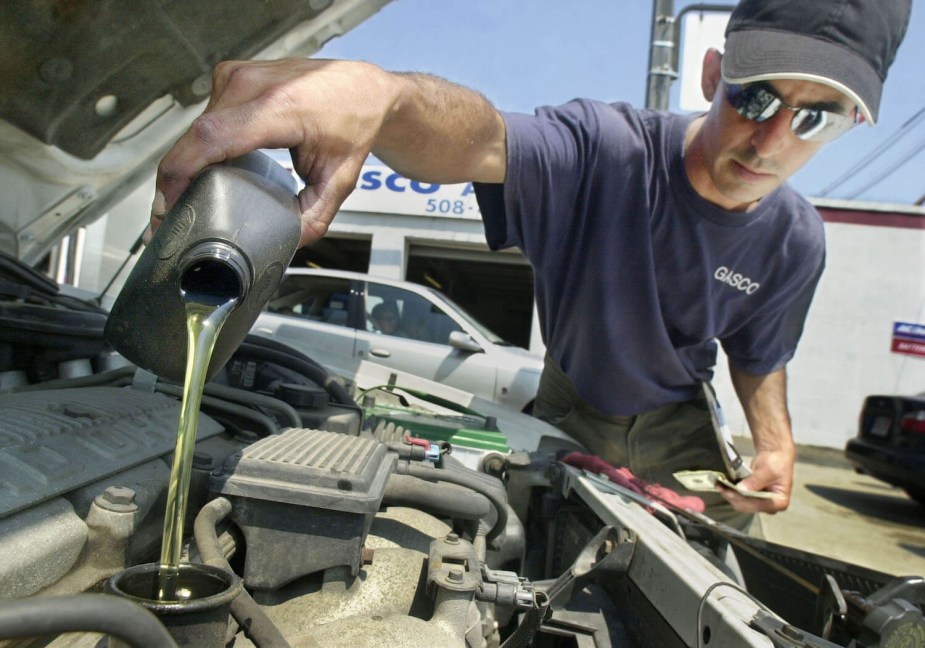
Why change your own motor oil? First of all, doing it yourself can save you a buck. Secondly, you may be able to do a better job than a professional shop. This is simply because you have more time, and can leave your vehicle for several hours–or even overnight–to allow every last drop to drain out. Finally, you can examine your motor oil to learn the state of your engine. The color and consistency of the used motor oil can tell you about your car. In addition, dragging a magnet through your motor oil will tell you if any metal components of your engine are breaking down rapidly and shedding fragments.
I’ve long said that in our highly specialized economy, many of us have jobs with no clear impact on the physical world. Taking control of one aspect of your environment can do wonders for your sense of empowerment. Some folks build or restore their own furniture, others sew or modify their clothing. I choose to work on my cars. I have learned a ton about vehicles and life over the years of my automotive journey. If you want to go beyond changing your own oil, check out these other projects I’ve written up:
- Restore your faded headlights
- Swap out your windshield wiper blades
- Upgrade your roadside tire change kit
- Choose a new Apple Carplay/Android Auto head unit for an old car
- Read your spark plugs to learn your engine’s secrets
If you want to see more of my writing and general automotive shenanigans, follow my Twitter. You can also watch 1A Auto Part’s guide to changing engine oil for yourself in the video below:
Pay attention to the most common oil change mistakes in this final video:
